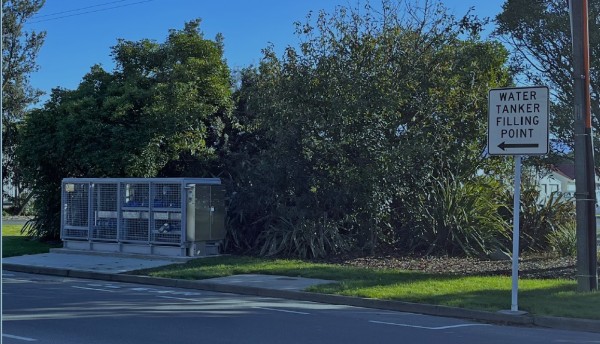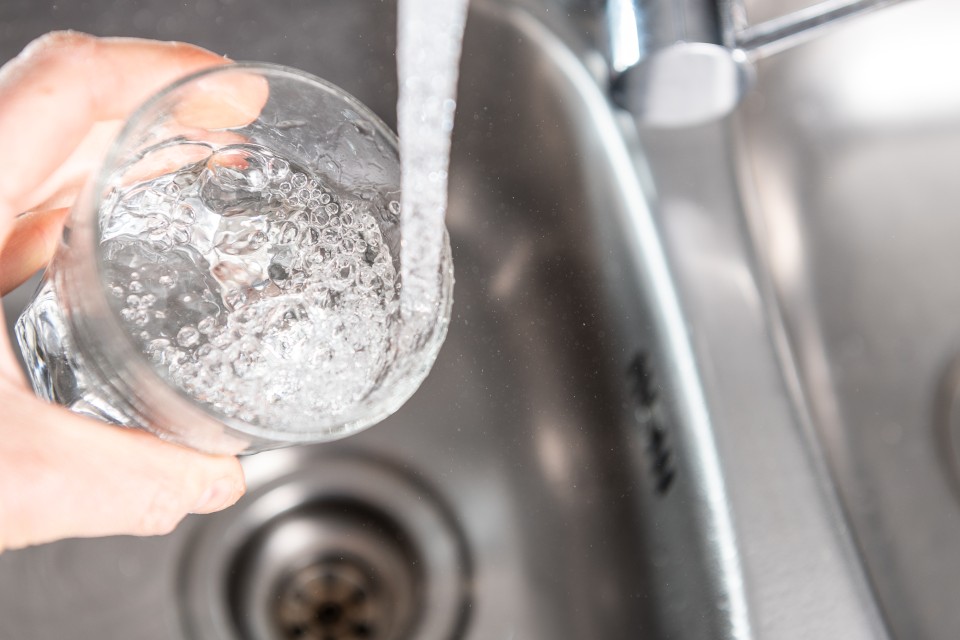Commercial bulk water filling stations
On behalf of our shareholding councils, we are building new bulk water filling stations around the region to protect public health and ensure safe and secure access to bulk water for commercial users.
If you have any questions about this work, please contact:
Wellington Water, 04 912 4400
We have completed detailed design of a standard filling station. To see a technical drawing of the filling station click here
It is anticipated each site will take about eight weeks to construct and commission.
We have selected three sites in Hutt City that we believe are suitable. One allows for a larger water tanker and trailer to park there and fill up. The others allow for a standard water tanker.
What are the next steps?
- Prepare concept design for each site in Hutt City area
- Work through each design with Hutt City Council to confirm road marking and signage resolution requirements
- Complete detailed design for each of the three sites
- Contractor procurement
- Construct the filling stations.
What are filling stations and who uses them?
Filling stations are dedicated secure facilities where commercial water users and tanker operators can safely extract water for domestic supply, or other uses such as dust suppression, weed spraying etc.

An existing filling station in Motueka, upper South Island. Filling stations will look similar to this, and generally be located in commercial/industrial areas. Visual impact/additional screening will be considered for each site.
Why do we need new filling stations?
The main driver for the project is to reduce public health risk from backflow of contaminants into the drinking water networks.
Currently users extract water from selected fire hydrants after getting a permit from Wellington Water. To mitigate the risk of backflow users are required to use a backflow prevention device, as well as sterilised equipment and to handle the fire hydrant carefully.
However, this is no longer permitted by new Drinking Water Quality Assurance Rules issued by Taumata Arowai, New Zealand’s water services regulator. Wellington Water’s Water Safety Plan has also identified a risk to public health from poor practices including unauthorised access to the water supply network, damage to the network infrastructure and water quality issues that will be eliminated through use of the new filling stations.
There is also a safety risk for traffic/pedestrian safety when users park unsafely while filling tanker.
How will the filling stations work?
- Users apply for a permit from Wellington Water
- Wellington Water issues permit holders with swipe cards
- Swipe card is used to access filling station
- Permit holder’s details (such as name, date, volume of water extracted) is automatically recorded in Wellington Water’s system when they use their swipe card
- Availability of accurate data will facilitate invoicing.
What are our next steps?
- Work with councils to confirm selected sites
- Confirm with councils what formal approvals are required
- Complete site specific detailed design
- Apply for resource consent if required
- Construct filling stations.
Future steps?
- Confirm roles and responsibilities between Wellington Water and councils
- Check whether any council bylaw or policy changes are required
- Update the permit application forms and process
- Issue swipe cards to permit holders
- Implement steps for data collation
- Implement steps for invoicing
- Educate users
- Public awareness campaign regarding the use of fire hydrants.
Once installed, how will users be encouraged to use water filling stations?
The filling stations will be distributed as evenly as possible so that a station is accessible within approximately 15 minutes of driving to most locations under normal traffic conditions.
We will also:
• Inform users of the change well in advance
• Encourage users to apply for a permit and swipe card
• Hold an education session with tanker operators and other potential users at one of the new filling stations
• Phase out the use of approved fire hydrants for filling water tankers.

